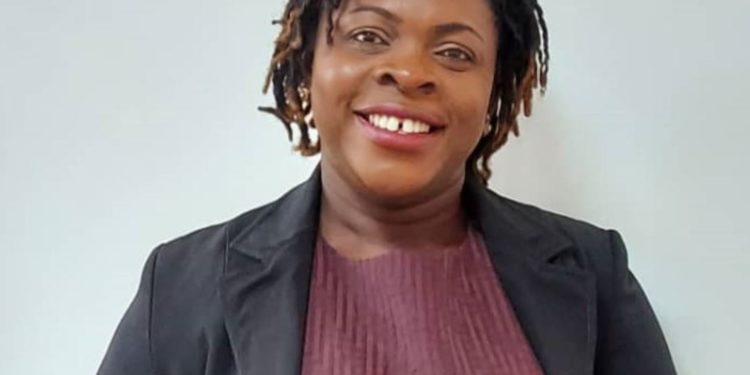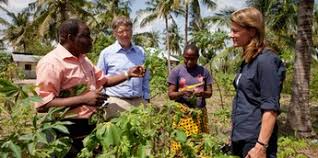Break the Bias – Ruth Osei-Asante
After seeking a ‘Balance for Equal’ (2019), promoting ‘Each for Equal’ (2020) and deciding to ‘Choose to Challenge’ (2021) the movement for equality – our movement, this year’s International Women’s Day (IWD) celebration is focused on ‘Breaking the Bias’ (2022).
As an advocate of women’s rights, I am delighted at the progression in focus of the society, from a passive to an aggressive active stance. It is truly demonstrative of both the times we live in and a great recognition of what it takes to deal with an entrenched and systemic issue that we are confronted with – (in)equality!! What it takes is action, and informed individual and collective action only!
Despite years of good intentions, well-crafted plans of action, and sustained conferences as well as engagements, the scoreboard is still very far from desirable. The best explanation for the state of play may be closely related to the level of actual, practical, and intentional actions we have had the courage to pursue, individually and collectively.
It is evident that the pace of progress and our willingness to act is significantly constrained by unconscious and sub-conscious biases for the status quo, which is underpinned by ‘institutionalised’ socio-cultural and economic arrangements.
We are all not immune from these biases. It plays out from the household with gender role assignments and decisions about who gets educated. It plays out at workplaces in unequal pay for same work done. It plays out in our schools in marking examination scripts.
Invariably, these behaviours increase serious stereotypes and are somewhat self-reinforcing. In my line of work, and permit my bias on this, I have seen at first-hand how the financial and banking system is structured to favour the other gender.
According to the World Bank’s Global Findex report, more than 1 billion women still do not use or have access to the financial system. It is estimated that worldwide, a US$300 billion gap in financing exists for formal, women-owned small businesses, and more than 70 percent of women-owned small and medium enterprises have inadequate or no access to financial services.
Interestingly, developing economies have 200 million more male than female cell phone owners. Without access to mobile technology, more women are excluded from convenient digital payment systems. Without access to finance, women face difficulties in collecting and saving income, growing businesses, and supporting their families.
Read: First National Bank Ghana judged Best Investment Bank in Africa by Global Finance magazine
As a result, women remain largely excluded from the formal economy, which bolsters a vicious cycle of less disposable income, less saving, less collateral, less education, and limited access to business credit.
The factors for such financial access gap are not far-fetched. Market-driven systems that advance credit through high interest rates significantly discourage women entrepreneurs from applying for loans, while lack of collateral can mean they have less access to loans than their male counterparts.
Inheritance practices and household economic endowments, at least in most developing countries, biased in favour of males, continue to ensure that collateral mobilisation is challenging for women. Sadly, even when women do have access, women tend to typically face more stringent loan arrangements than men.
While these factors are structural, it seems that another important intrinsic factor affects women’s access to credi, that is, women’s decision-making behaviour. Often, women entrepreneurs fail even to apply for loans because of such factors as low financial literacy, risk aversion, and fear of failure. It is curious to note that women who choose to be entrepreneurs are not as competitive as men entrepreneurs.
The key question is: why are women self-selecting out of the credit market? Part of the answer to this question is connected to how women perceive risks and the inherent biases of these risks in impeding access to credit for women.
So yes, we must, as a collective and a generation, address the higher interest rates to improve access to credit for women. Yes, we must reform the collateral regimes to address the inherent biases to support women obtain access to financing. We must be intentional and positively discriminate with the term sheets for women entrepreneurs.
But even more importantly, women themselves must also lead the charge to break the bias that reinforces the financial gap in the credit market. Women must be bold to apply for credit and chase credit officers for favourable outcomes. Women must confront the fear of failure with improved technical and management.
It takes both collective and individual action, to make a decisive change as the one we seek. We must also recognize that the goals of poverty reduction and shared prosperity cannot be achieved without the full and equal participation of everyone, that is, women and men.
Imagine a world where the women are free from any economic bias. A world that women have the same rights and access to finance!! The effect on the household is very enormous and very visible. It ranges from the family’s nutrition to health through to recreation. We know that in households that mothers are financially stable, children are properly fed and better positioned for success.
Therefore, supporting and investing in women’s economic participation not only has a profound development impact, but it also makes good business sense for households, businesses, economies, nations, and the entire world. A ‘small’ hindrance to this destination is the biases.
We have decided to break them this year. Let’s just do that, and comprehensively.
About the author:
Ruth Osei-Asante is the Chairperson, National Women’s Committee, UNICOF, and 1st Vice-Chairperson, PMS/LU – ARB Apex Bank PLC







